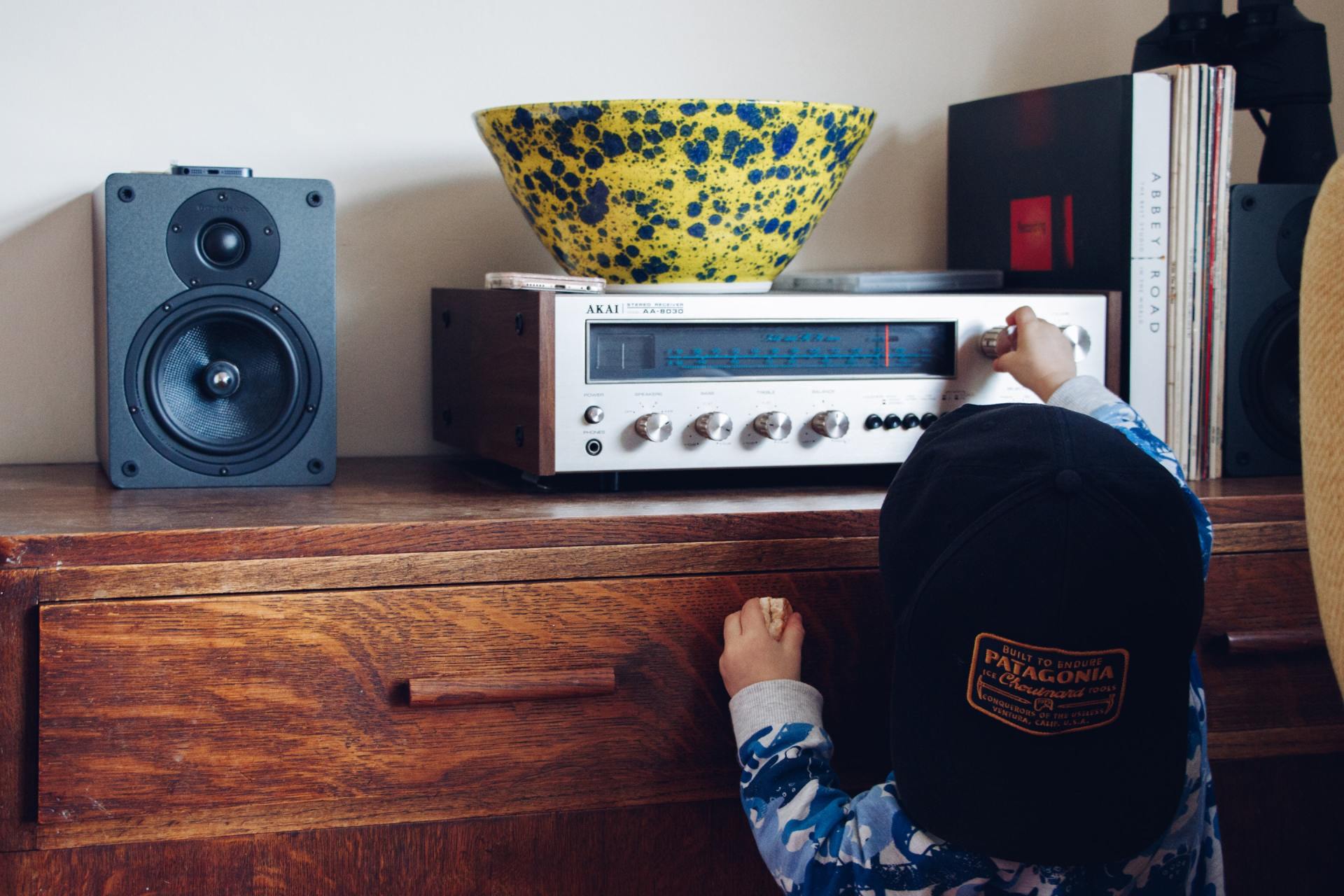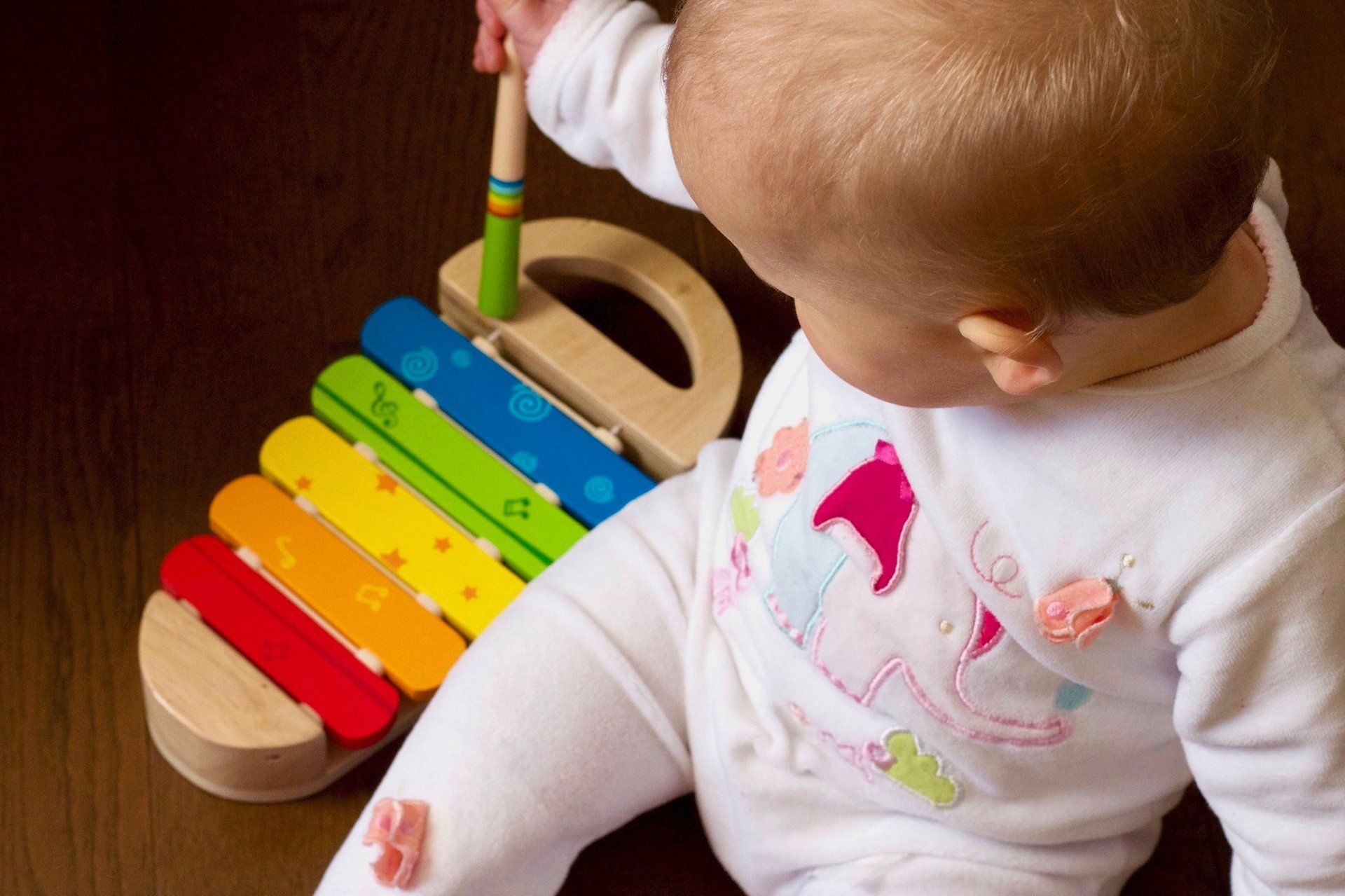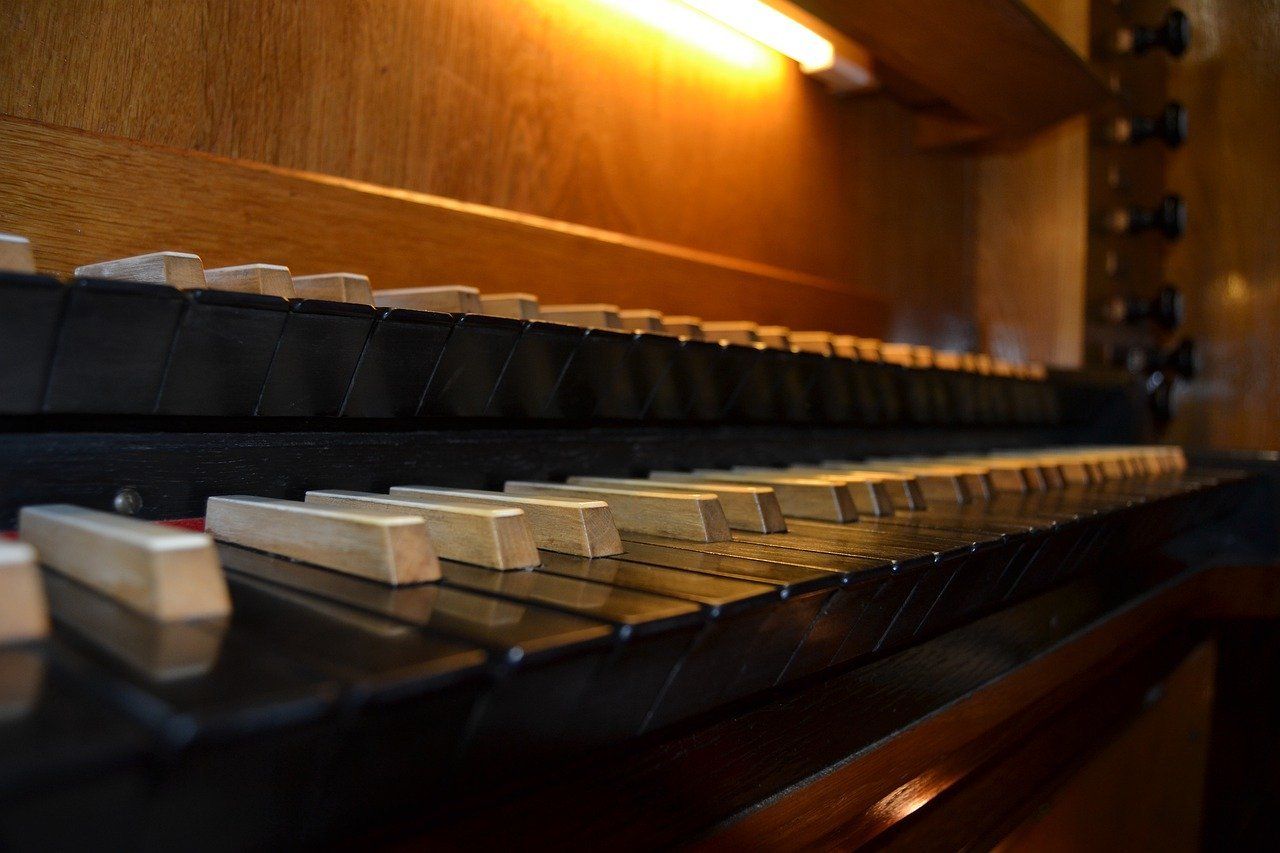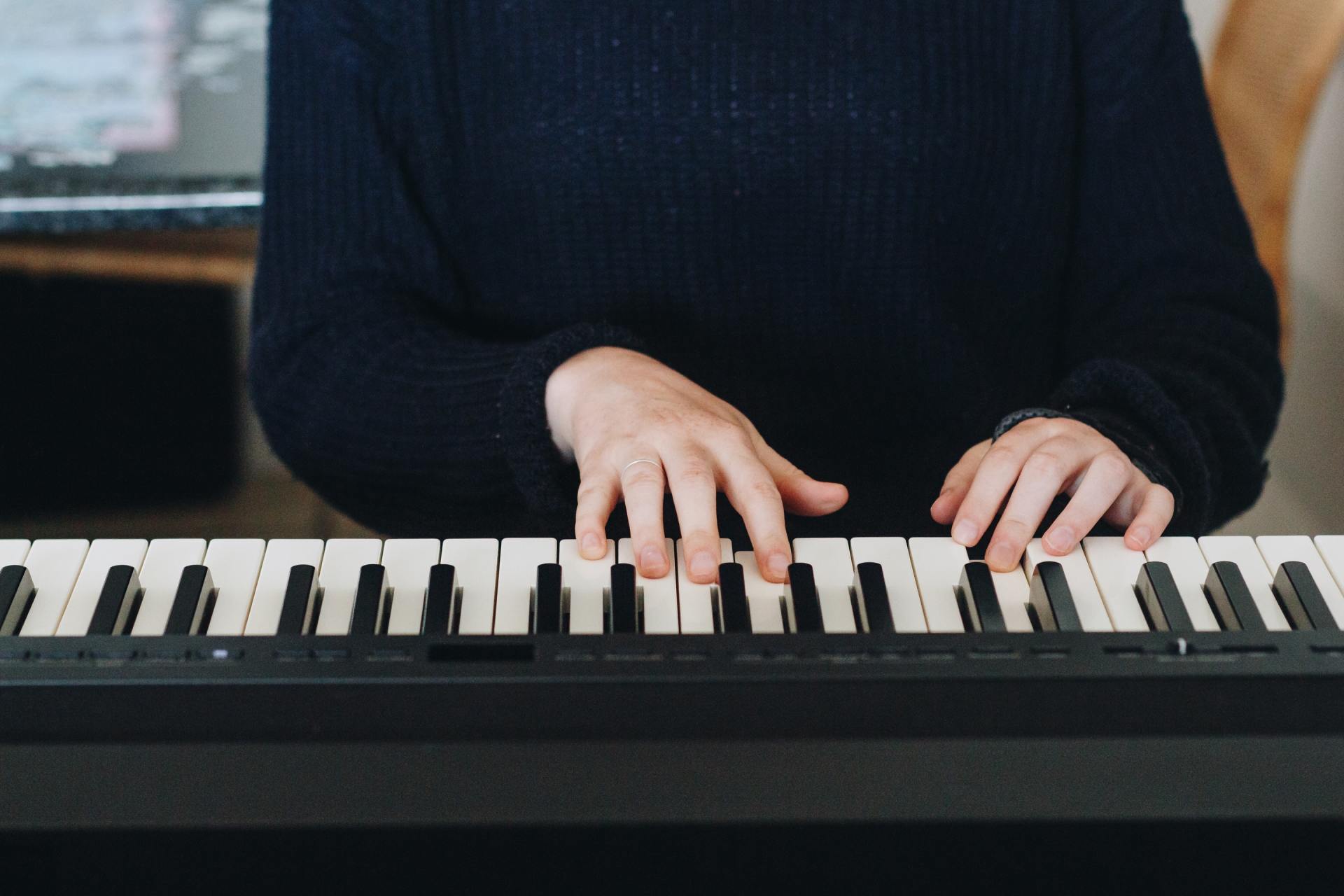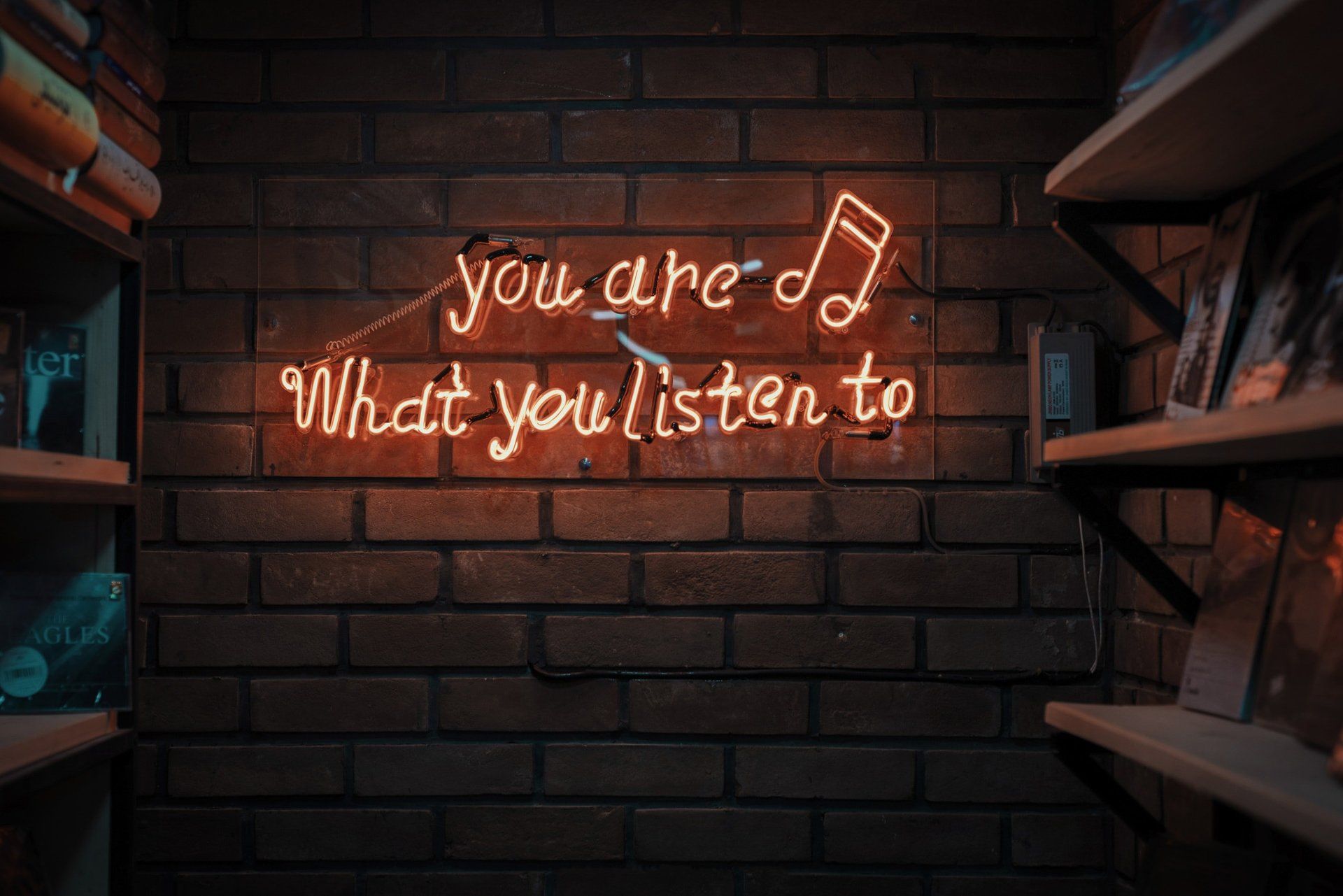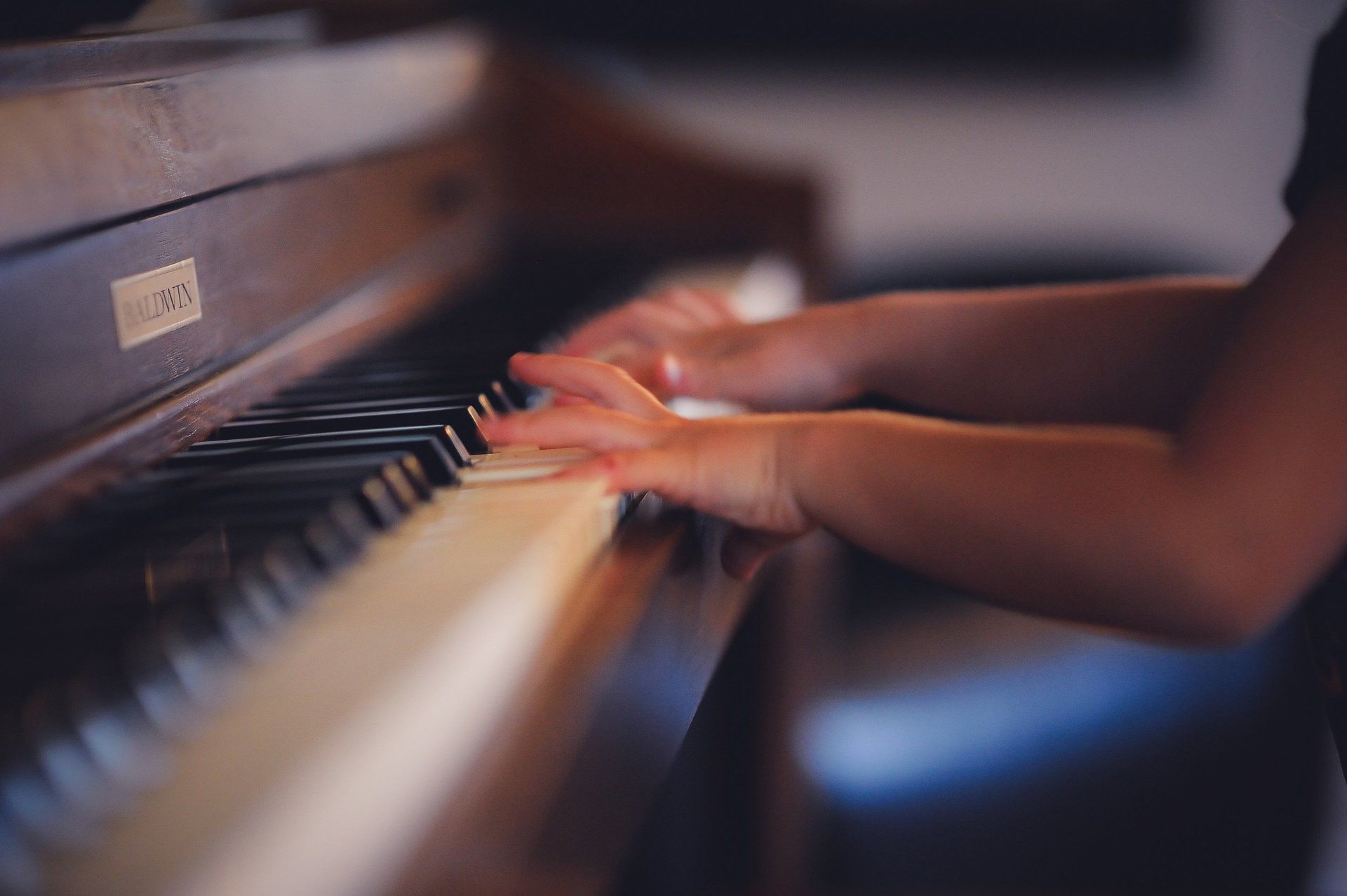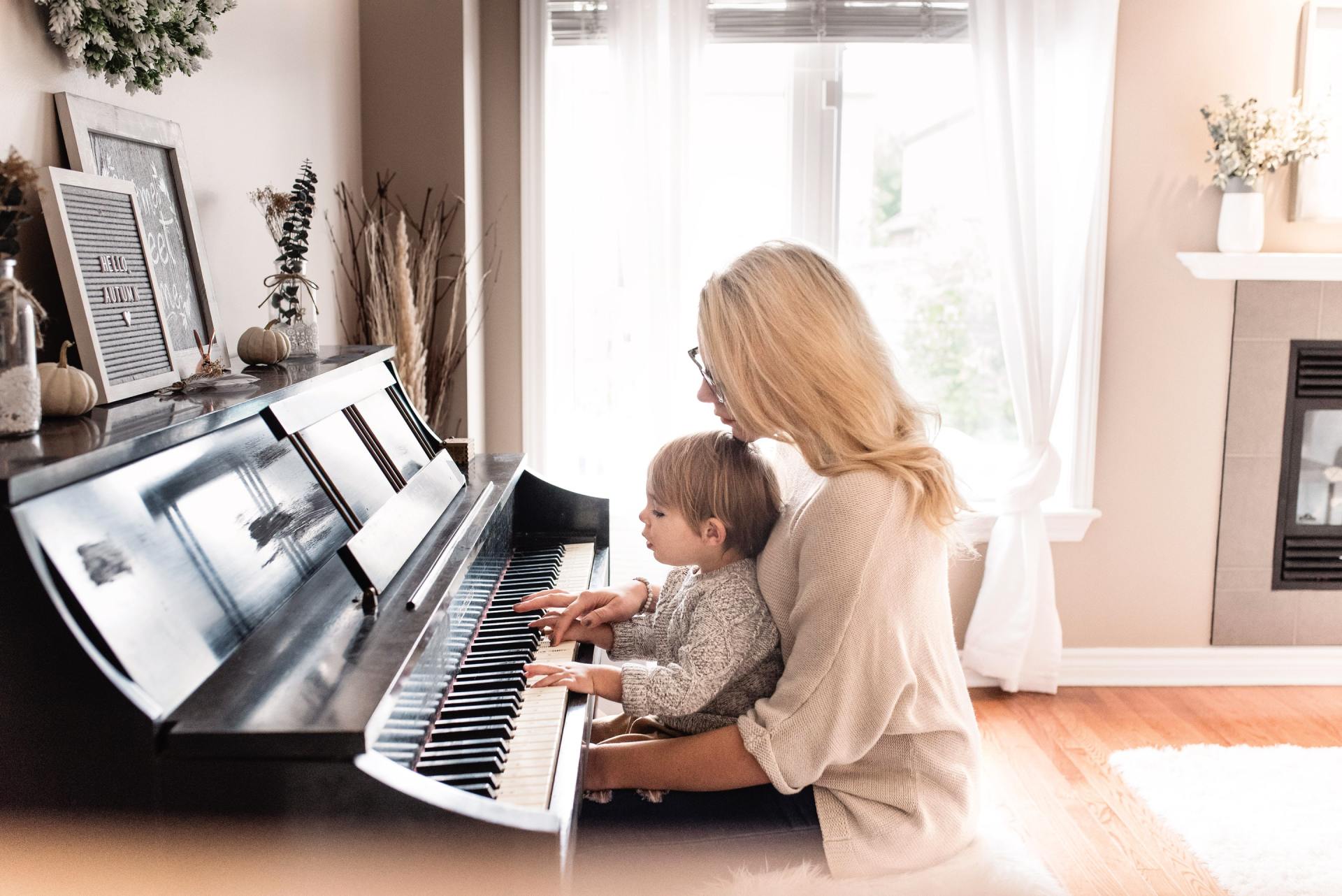Everyday Care and Maintenance of Your Home Piano or Organ
Bob Boyce • February 26, 2020
Help you instrument play better and maintain its value with everyday care
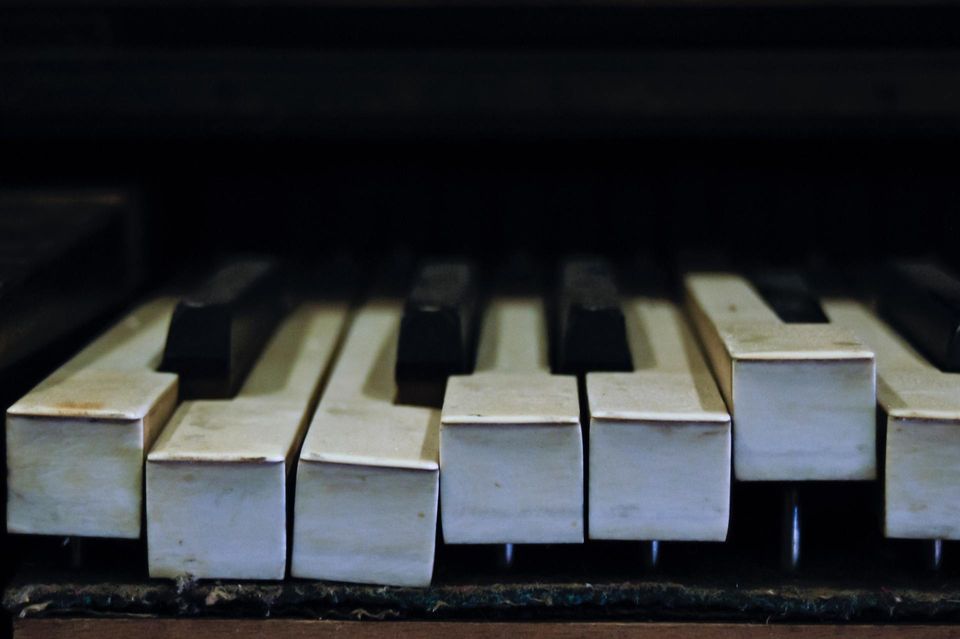
Many people, all around the world, enjoy the fact that they have purchased a piano or organ so that they can play anytime that they want. Some might play the piano professionally. Of course, there are many individuals that simply enjoy playing their piano as a hobby, or appreciate the organ as part of their home decor. How can you make sure that your piano is properly maintained?
You might think that you only have to check on your piano or organ every couple of months. However, it might be a better idea to take a closer look. After all, a little bit of maintenance goes a long way towards making sure that your piano holds up well for years - or even decades.
No Drinks On The Piano
There’s nothing wrong with throwing parties and inviting guests over to your home. However, you should make it clear that the piano is not a place for cocktails to be placed. You might not believe that this is a big deal, but the truth is that liquids can damage your piano/organ significantly. Many might understand that you should not keep food on your piano - but you also shouldn’t even be placing coffee, water, or cocktails on it.
In fact, you might even need to consult with a piano technician if liquid seeps in between the keys. If you are very serious about your piano - don’t limit this rule simply to liquids or drinks. You might want to consider implementing a general rule of not treating a piano like a shelf of any kind.
Regulate The Variables
One of the truths about pianos is that they can be affected by the elements, such as sunlight, temperature, humidity, and more. You should make sure that this is regulated as much as possible. It’s important to remember that this often includes thinking about the particular room where you keep your piano - how much direct sunlight does this room receive? The ideal temperature for pianos is in the low 70s.
Are there windows in your piano room? If the windows are ever left open, condensation can adversely affect your piano significantly. Also, you might even consider investing in products to make sure that the humidity levels remain somewhere around 40%. If you can afford a humidifier (or dehumidifier), you might want to consider this purchase if you are serious about piano maintenance.
Dusting/Covering Your Piano or Organ
Your piano will need to be dusted. If you play the piano daily, you may want to consider dusting every week. Otherwise, you should at least dust your piano once every two weeks. It’s also important to remember that you also may want to leave the piano lid open from time to time to prevent any mold growth. Dusting isn’t that complicated - all it takes is a damp cloth and some soap (remember not to dust INSIDE your piano, though).
At the same time, your piano cannot always have its lid open. If you have pets, for example, pet hair may begin to accumulate between the keys.
Do you have additional questions? We LOVE to help. Please feel welcome to contact us.
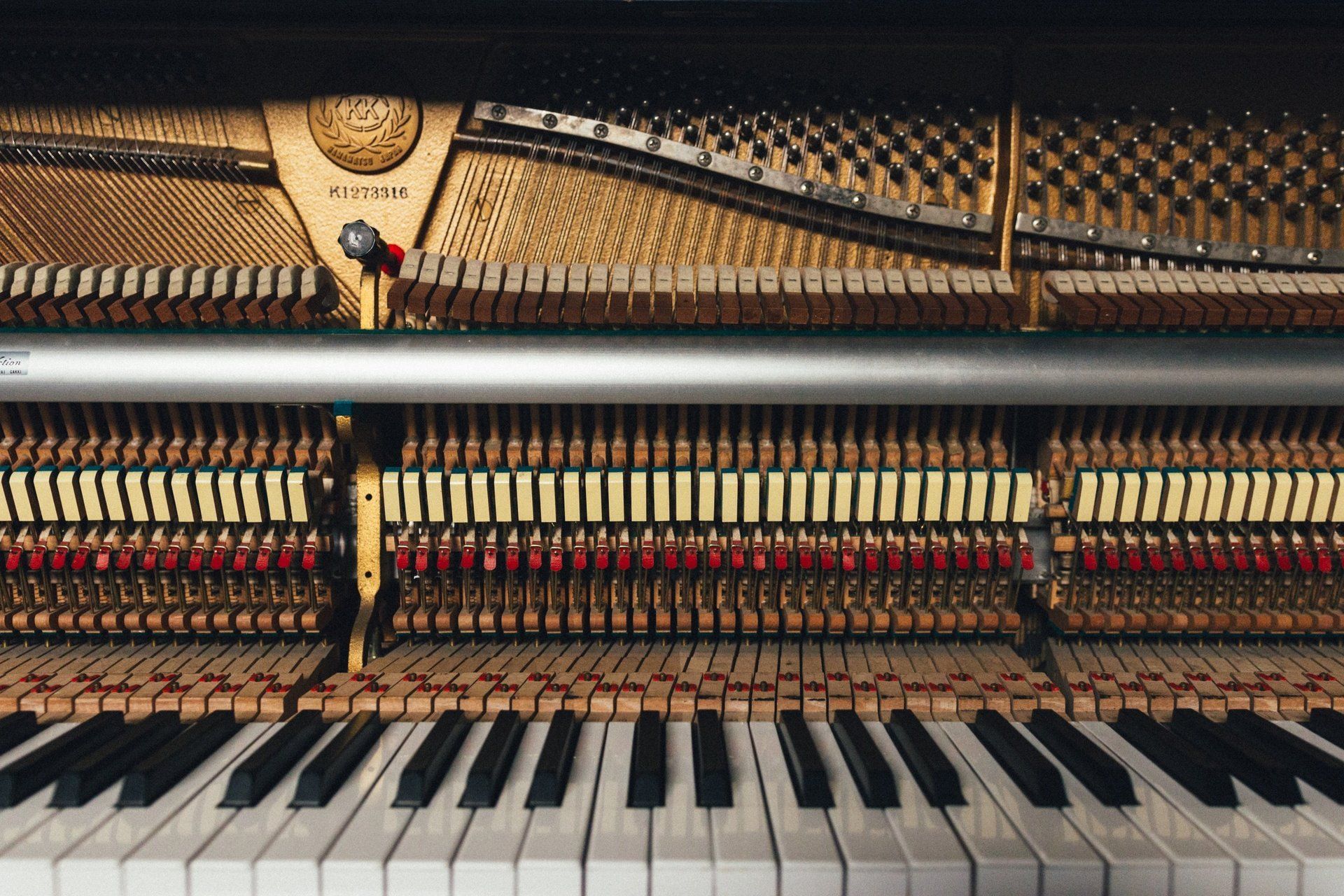
There are plenty of ways to keep our keyboards in good shape, but normal wear and tear will take an inevitable toll; in order to properly maintain your instrument, a maintenance professional is vital. While pianos should be tuned at least once a year, there is likely to be other cause to call for professional help.
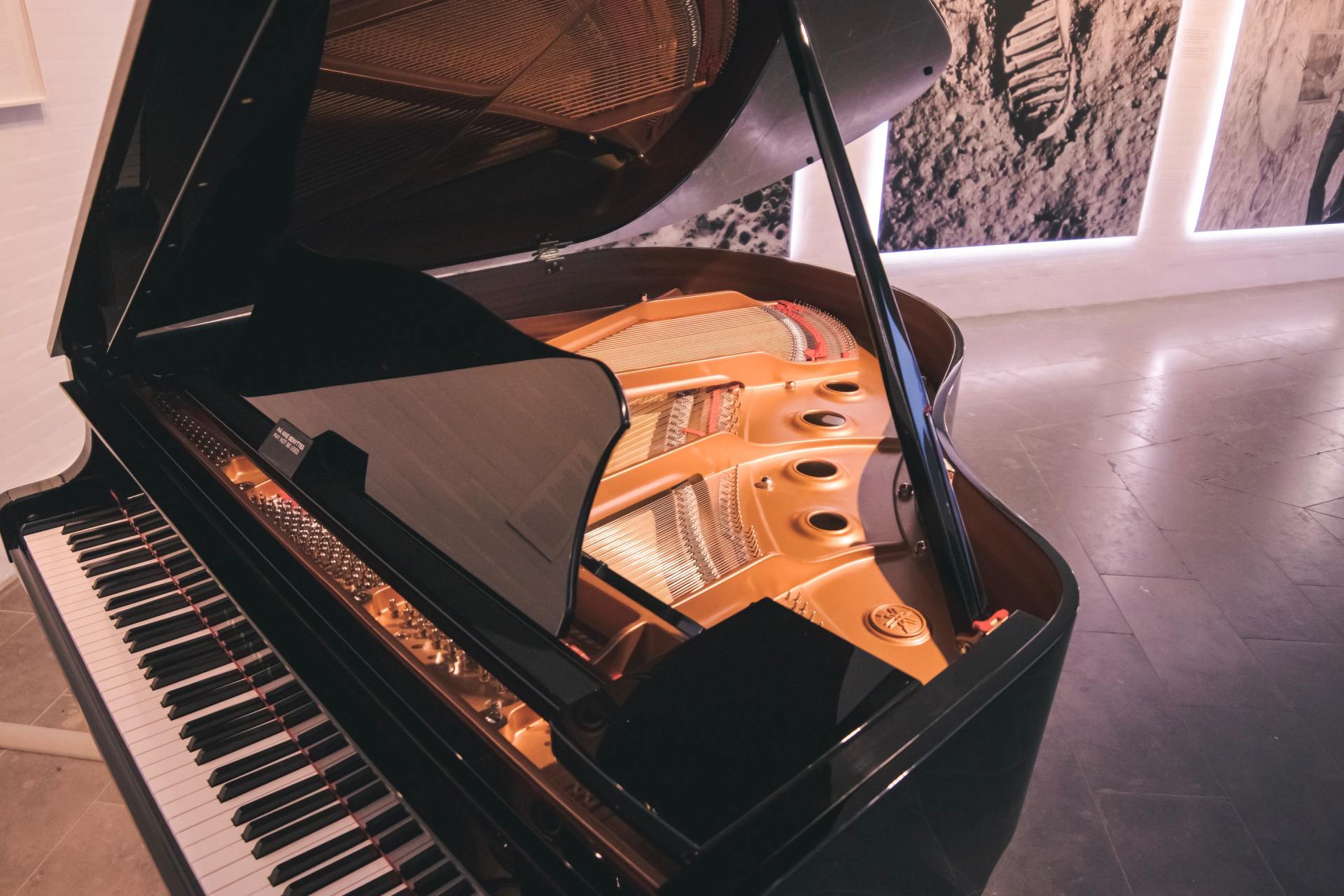
Why Does My Piano Go Out of Tune? Piano strings are under a great deal of tension, which is supported by the frame, plate, pinblock, tuning pins, bridges and soundboard. Anything which effects the position of these parts will cause a change in the tension and make the piano go out of tune. Why Do My Keys Stay Down? Push down on he back end of the key, near the capstan. If both ends of the key go down at once the key is broken. If the back end of the key will not go down, a foreign object, like a crayon has fallen under it. If the back-end of the key goes down and the front comes up, determine if the key or action is sticking. Hold the key down in the back with one hand, raise the whippen with the other hand and release the whippen. If the whippen drops to its resting position properly the key is stuck. If the whippen stays up the trouble is in the action. If the front of a white key binds on the keyslip, remove the keyslip and insert shims made of paper or business card stock in the appropriate places so that the shims will hold the keyslip away from the front end of the keys. Why are My Keys Sluggish? If the piano key plays the action properly, but is slow in coming back up, remove the key and ease both the front & balance rail bushings, or sand spots which bind to the adjacent key. What Should I do About Broken Hammer Shanks? Hammers usually break in the middle. To repair, first remove the butt or flange in a grand piano, in an upright piano use a flange screwdriver. Remember, do not apply excessive pressure to the jack. Apply glue, align the parts and press them together. Remove excessive glue and wrap the joint with heavy thread. The thread may be removed and the shank sanded and cleaned after the glue has dried.

